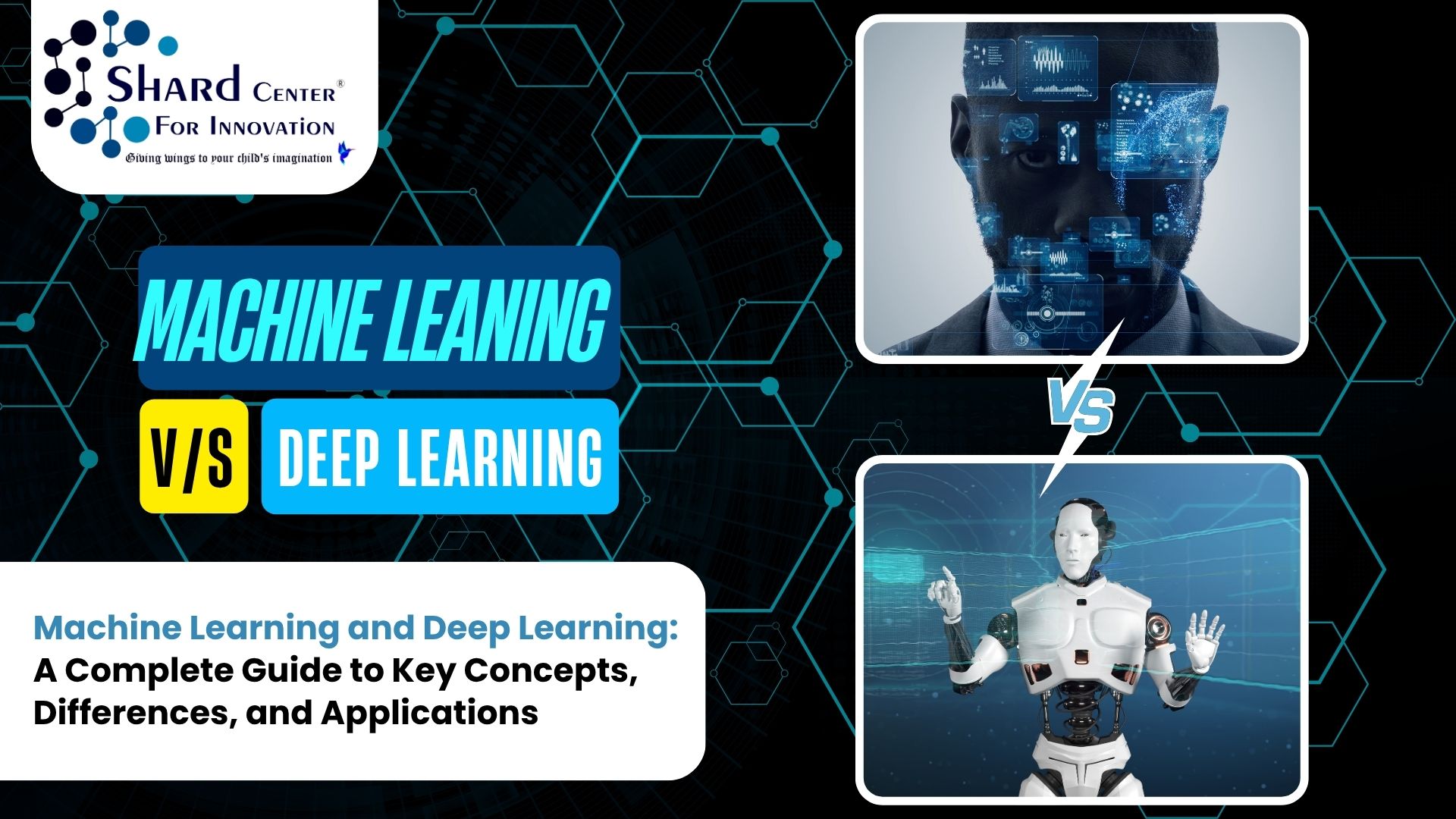Technology is changing more rapidly than humans are learning. Whenever you go through social media, browse online, or speak to voice recognition, you come across machine learning (ML) and deep learning (DL) at work.
Machine learning enables computers to make data-driven decisions. It provides a method of learning through the use of data, eliminating the need to write code line by line. One specialized area, deep learning, is a model of the brain's neural network behavior.
Both are influencing health, finances, retail, and robotics. Here, we clarify what ML and DL are, how they are different, and why they are important.
Introduction to Deep Learning and Machine Learning.
Machine learning offers a method of learning through the use of data, eliminating the need to write line-by-line code. For example, we can predict the prices of a house using an ML model when it contains sufficient records. The more data available, the better it can be.
This is advanced by deep learning. Its model has artificial neural networks that mimic brain processing. This architecture has been used in activities such as the recognition of images, natural language processing, and self-driving.
Integration of ML and DL is a smarter technology. ML is used to solve more basic prediction tasks, whereas DL is used to run high-level technologies, like self-driving vehicles and real-time language translators.
Key Concepts You Need to Know
The concepts of machine learning and deep learning can only be learned by knowing the building blocks. This will help you get a fundamental understanding of how they both operate.
Here are the key concepts:
Supervised Learning: Learn on labeled data—e.g., classify cats in a set of thousands of images of cats.
Unsupervised Learning: Find unlabeled common patterns, which can be used to cluster customers based on their purchase behavior.
Reinforcement Learning:Train systems by trial and error, such as to teach robots to walk.
Neural Networks: The neural networks represent the essence of the deep learning algorithm, which is supposed to replicate the process of human brain neurons' communication.
Big Data: In both ML and DL models, large and complex datasets are used.
These theories are key pillars of any practical application.
Machine Learning vs. Deep Learning—The Major Differences.
Machine Learning and Deep Learning are not the same but are interconnected. Let's understand the major differences.
Data Requirements: ML is good with small- to medium-scale data, whereas DL needs large data volumes to be accurate.
Hardware Requirements: ML can use standard computers, and DL will frequently require GPUs or special-purpose processors.
Execution Time: ML algorithms are fast, and the training of the DL models is slow due to their complexity.
Applications Use Cases: ML is applied in spam filtering, predictive maintenance, and credit scoring. DL addresses more complicated problems, such as face recognition, radiographic imaging, and autonomous vehicles.
To put it simply, consider Machine Learning courses as an experienced employee who learns as he or she works, and DL as a scholar who reads before approaching the complicated issues.
Challenges and Limitations
Despite the success of both ML and DL, they are limited in a number of ways.
Let's discuss:
- Dependency on Data: They both involve large and high-quality data. The inaccurate or biased results may be obtained because of poor data.
- Cost: DL models require very costly hardware and training time.
- Interpretability: ML models are more interpretable, whereas DL models are thought of as black boxes.
- Ethics and Privacy: There are security and ethical concerns with the use of personal data during training.
These limitations should be learned by new students to have realistic expectations of the courses in ML and DL.
The Future of Machine Learning and Deep Learning.
The future of ML and DL in India, as well as in the world, is bright. Both the use of large-scale AI and ML in industries increases the need for highly skilled talent. The next generation of innovation is being manifested in precision healthcare, smart cities, personalized education, and advanced robotics.
A machine learning or deep learning course for beginners will give them access to rewarding career paths. SCIL provides formal training, project-based learning, and franchisees providing equal opportunities to students and business persons.
With the increased adoption of AI by businesses, the demand for talent will keep rising.
Conclusion
ML and DL are already part of the current and are defining a groundbreaking future. They provide endless development and innovation possibilities, connecting ideas and their application. Take the ML and DL course at SCIL and become a competent professional specialist, and get access to new opportunities.
Take the first step towards being an AI innovator.
